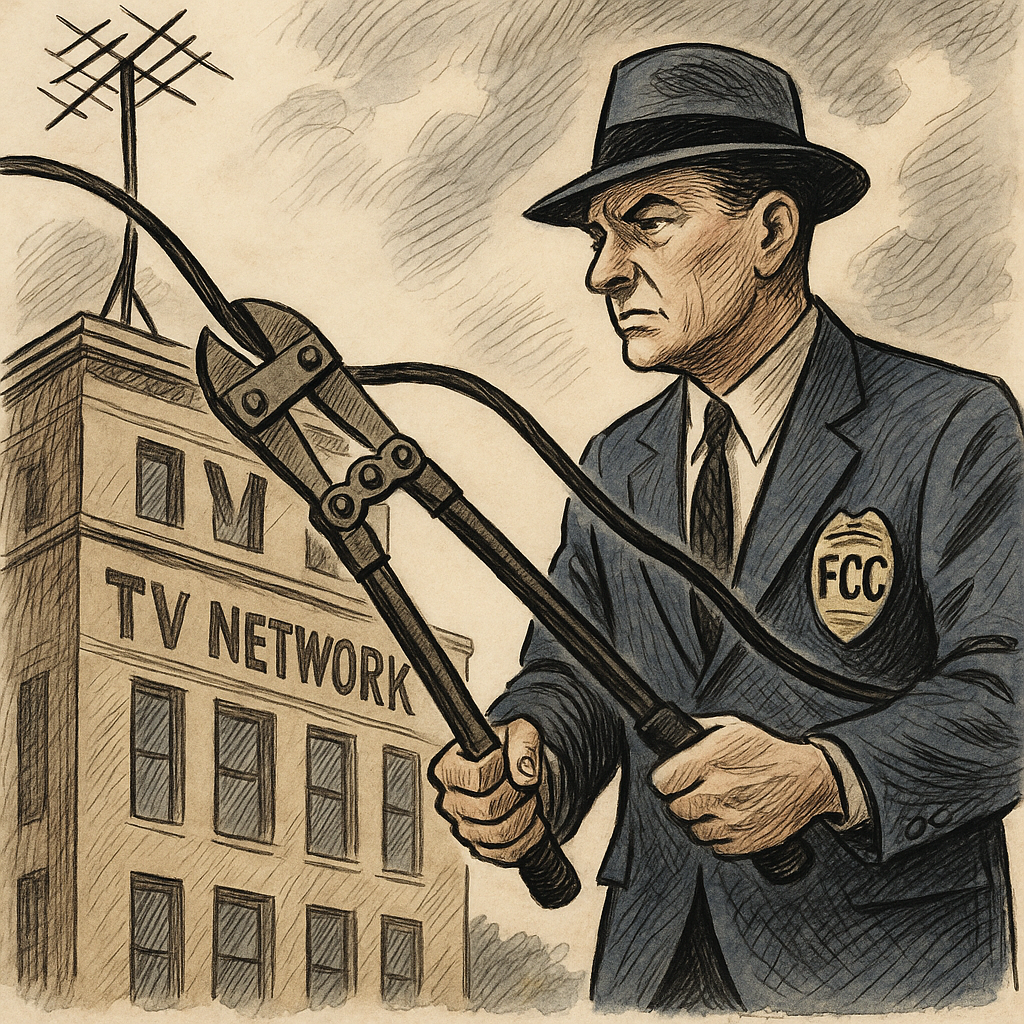Tag: Trump
-
Trump’s Epstein Cover-Up: Probable Outcomes and Public Unity
This post examines the chance of various outcomes—immunity deals, subpoenas, pardons, or silence—in Trump’s Epstein cover-up saga and spotlights bipartisan calls for transparency.
Written by
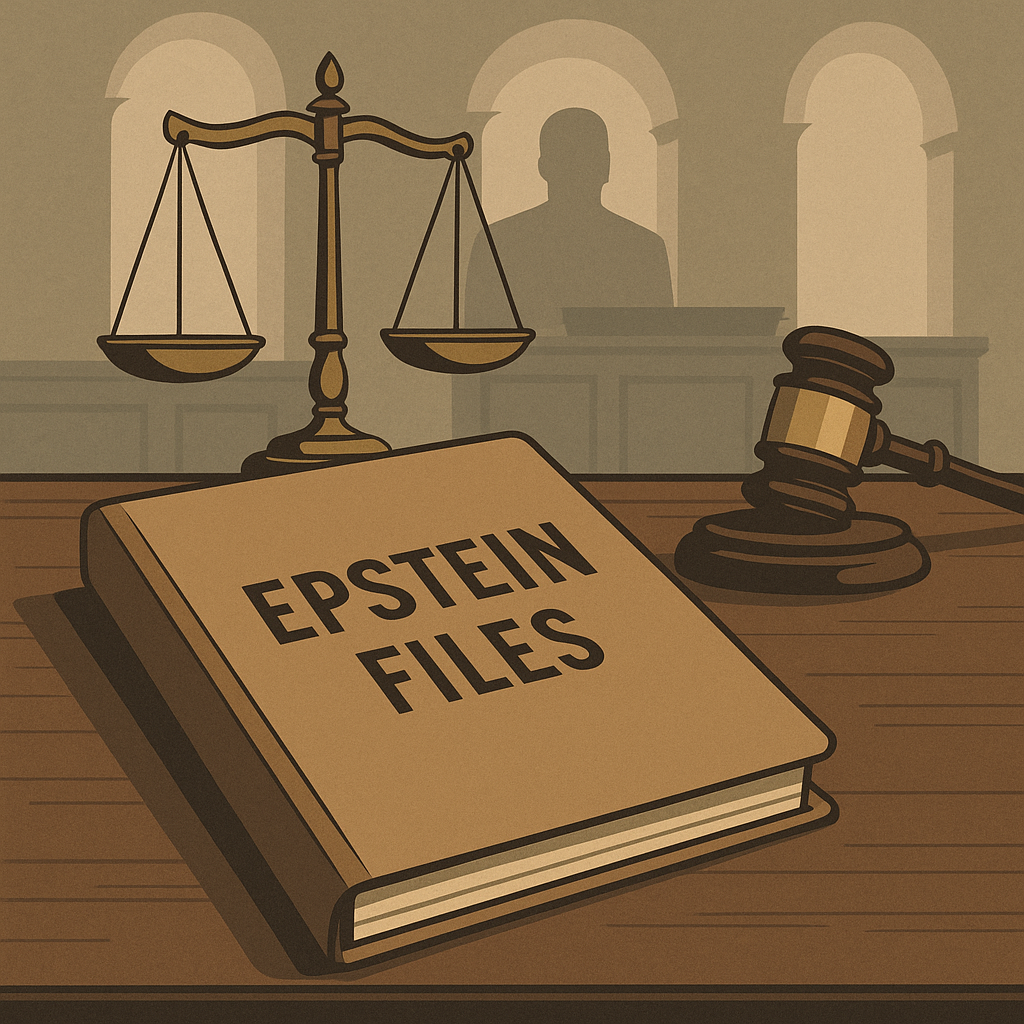
-
Why Is Speaker Johnson Sitting On the Epstein Files?
Mike Johnson keeps stalling the Epstein files. Is he in them? Is he protecting someone? Or is Trump pulling the strings? Read more.
Written by
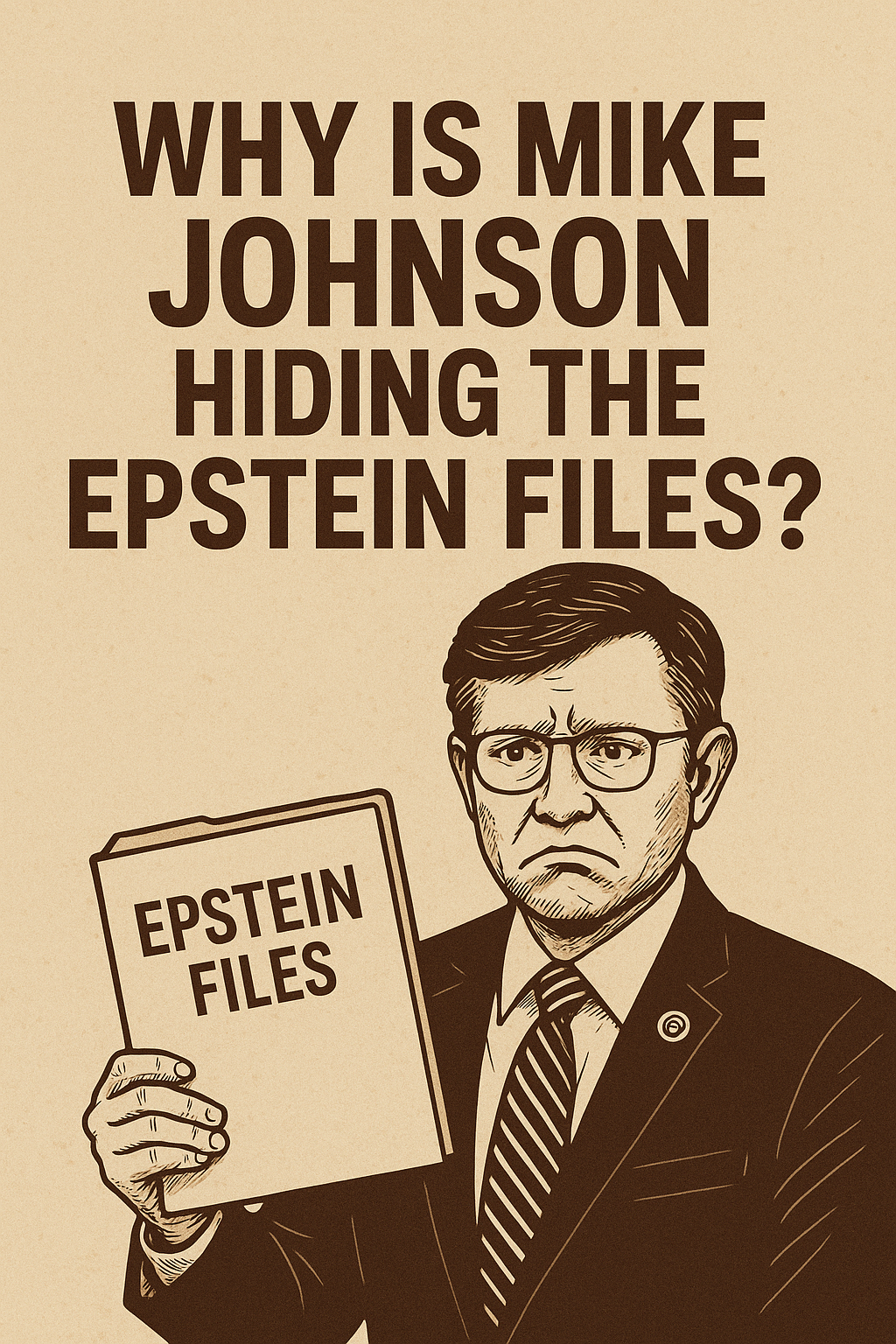
-
Trump and Epstein: A Closer Look at the Connections
Trump has never been charged in connection with Epstein’s crimes — but that doesn’t mean he was far from the action. This diagram maps his known links to the Epstein scandal.
Written by
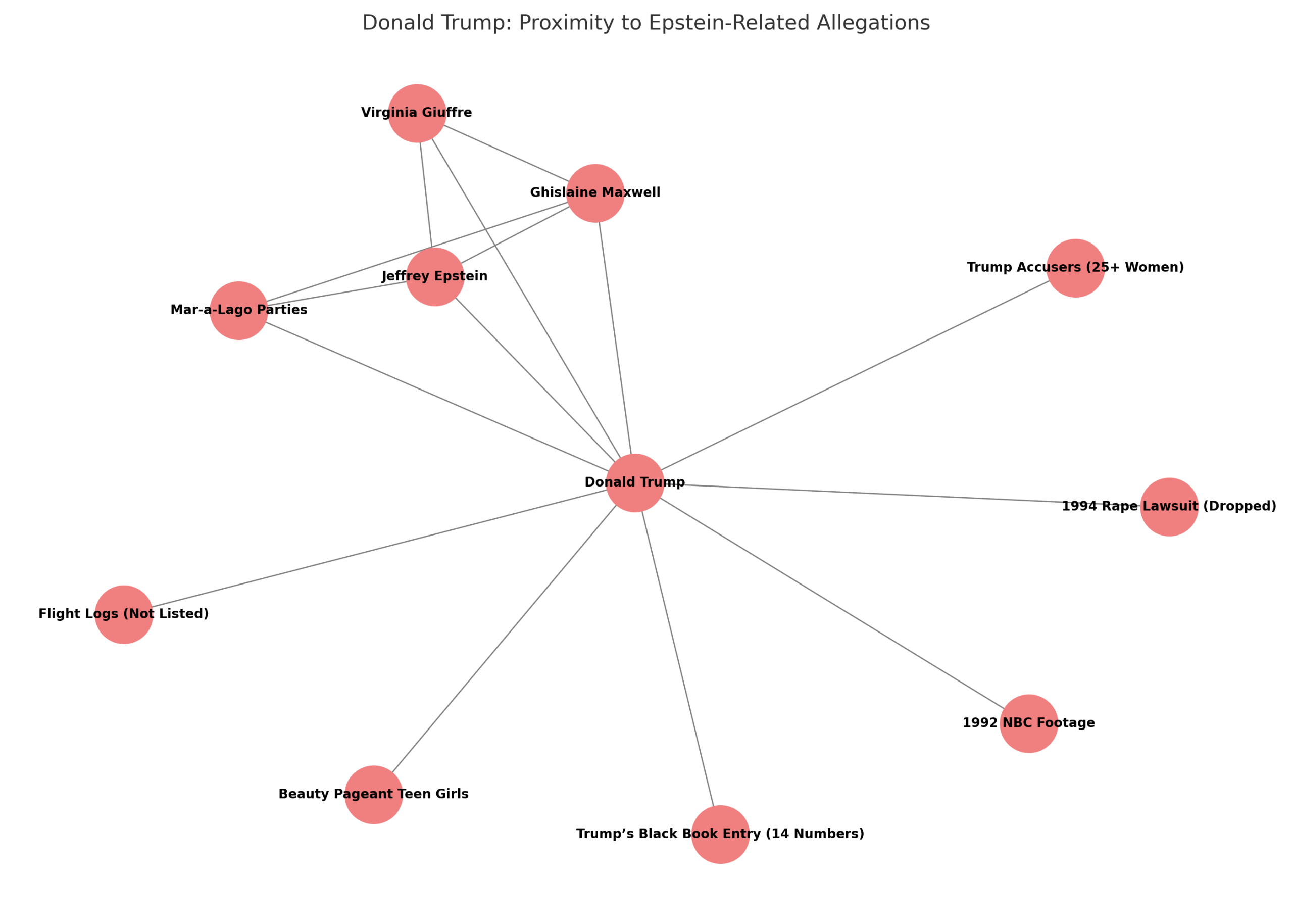
-
Justice Hijacked: How the Supreme Court Is Fueling Trump’s Authoritarian Power Grab, and how it affects Missourians…
The Supreme Court’s recent rulings have let President Trump cut Education Department staff, block challenges to his orders, and weaken key programs like special education. These shifts threaten our checks and balances and show why we need term limits for justices and elected leaders to protect democracy.
Written by
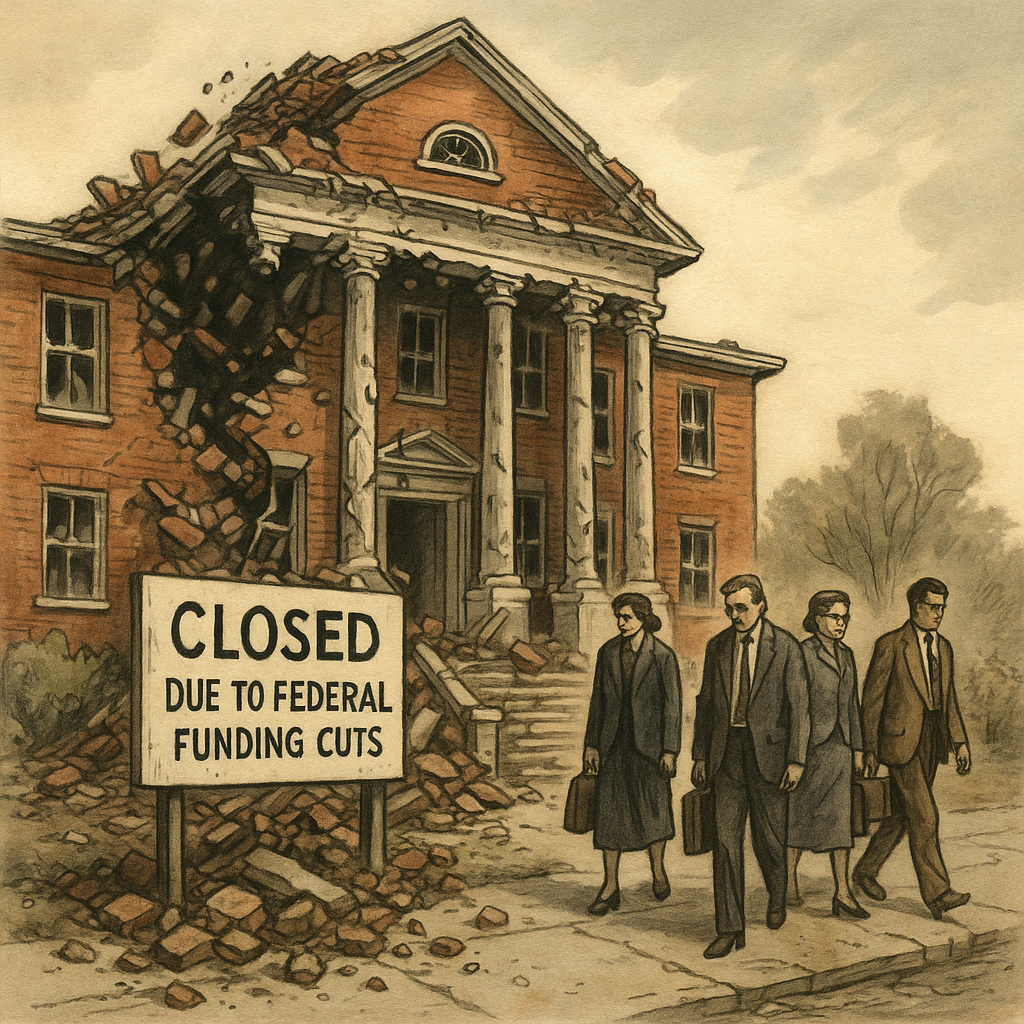
-
Second Trump Term & Threats to Our Democracy (Jan–Jul 2025)
President Trump’s actions since January 2025—weakening oversight, tightening voting rules, filling top posts with unqualified allies, and politicizing justice—threaten schools, elections, and safety in rural Missouri.
Written by

